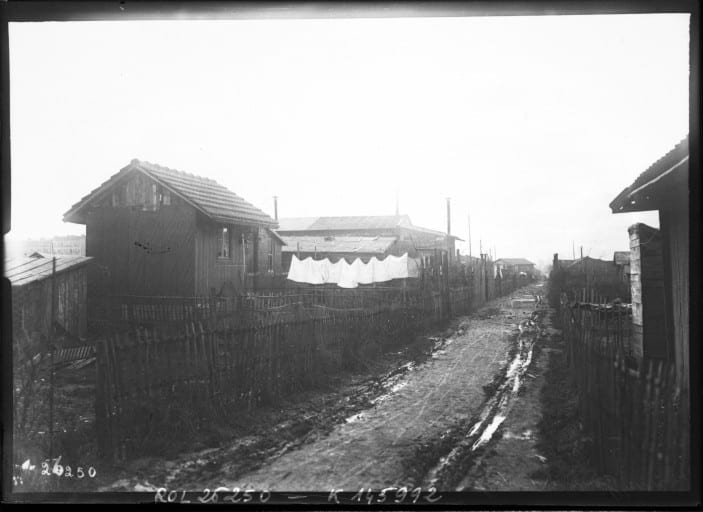For the defacement project, I wanted to focus on Haussmann’s defacement. For some reason, I was focussing on windows and directly saw them a looking glass, and a “window” into different perspectives.
I was interested in the question of how to we see a history we don’t want to accept. Of course, at the time, this reconstruction of Paris wouldn’t have been taken very well, especially from the people affected. But today we are very proud of the aesthetic of Paris and it has become its identity. It wasn’t a flop.
The Haussmannian defacement had a very political and economical agenda and wasn’t necessarily just an aesthetic move.
My first idea, I imagined a street with floating windows, no walls to hold them or form buildings.
But from there I considered putting floating window frames inside, then outside then projecting on it. Maybe having a map of the changes happen as an accompaniment.
Or maybe having the glass of the window have a double reflection, and a very sheet image imp resented on it.
I’m still not very confident about what the final representation and outcome of this project would be, whether it should be a mock-up of an installation with a description or something else?
I also want to try and find testimonials of people during that time, and as previously mentioned, project it into the future.
Bibliography:
- Pinkney, David H. “Napoleon III’s Transformation of Paris: The Origins and Development of the Idea”, Journal of Modern History (1955) 27#2 pp. 125–34
- Pinkney, David H. “Money, and Politics in the Rebuilding of Paris, 1860–1870”, Journal of Economic History (1957) 17#1 pp. 45–61
- Soppelsa, Peter S. The Fragility of Modernity: Infrastructure and Everyday Life in Paris, 1870–1914 (ProQuest, 2009)
- Walker, Nathaniel Robert. “Lost in the City of Light: Dystopia and Utopia in the Wake of Haussmann’s Paris.” Utopian Studies 25.1 (2014): 23–51
Gerhard Richter – Dialect “4 panels of Glass”
– Aupidom Gaulois – Dassault Systems
Reading: Brian Dillon. 2006. ‘The revelation of erasure’, in Tate Etc. issue 8
“Erasure is never merely a matter of making things disappear: there is always some detritus strewn about in the aftermath, some bruising to the surface from which word or image has been removed, some reminder of the violence done to make the world look new again”
“Every painting, said Picasso, is a sum of destructions: the artist builds and demolishes in the same instant”
Research:
Because of the confinement, I had to adapt the project and develop it digitally.
Initially i wanted to create a 3D model on Blender, but that didnt work out.
Suggested by Lily, I then ended up doing a collage. Not necesarily as a mock up, but to show this poetic way of defacement using windows.
inspiration:

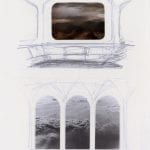
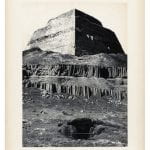
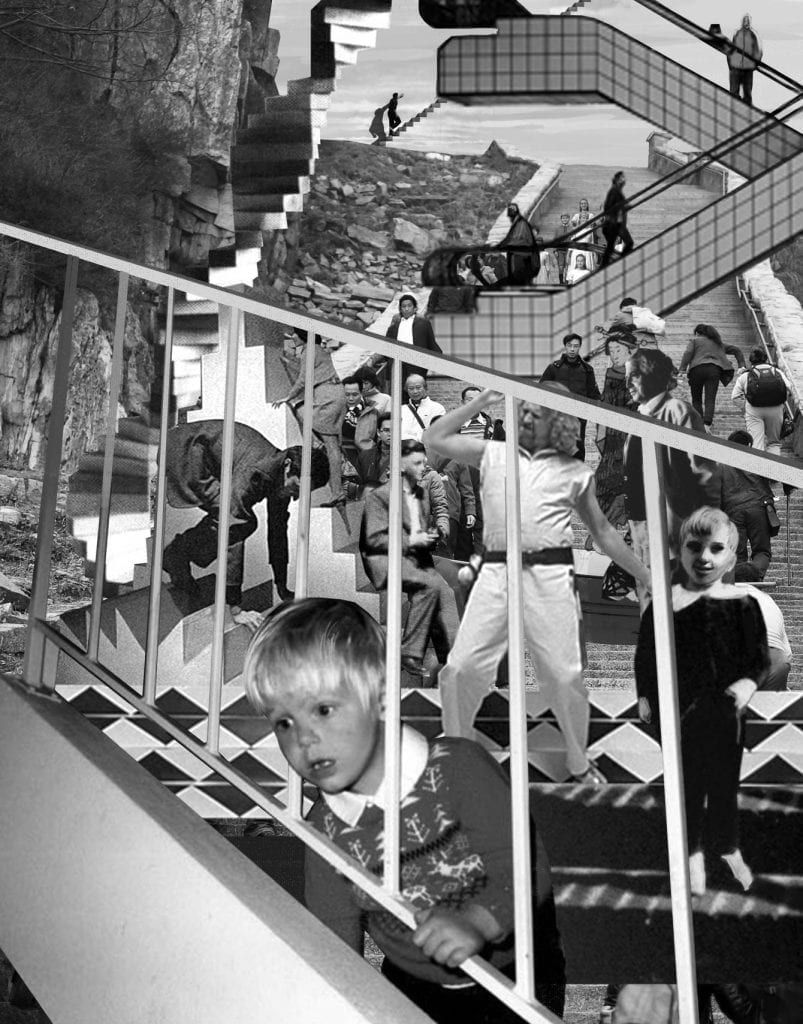

Cases found:
- Defence
- Cite international des Arts
- Hotel Sauvigny
- Place des fetes Belleville
- Opera Garnier
- Periferique (Ivry)

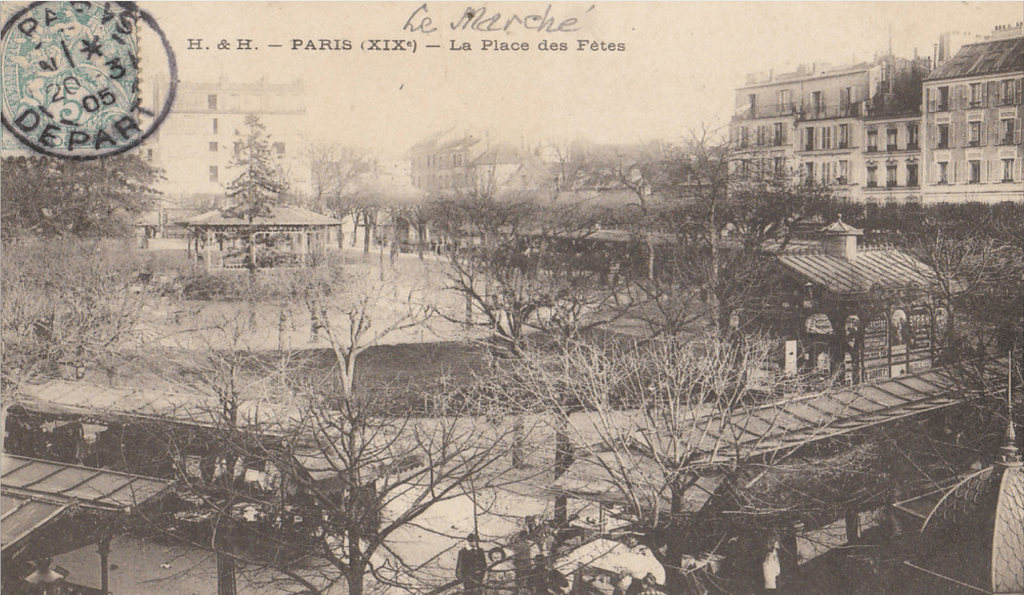


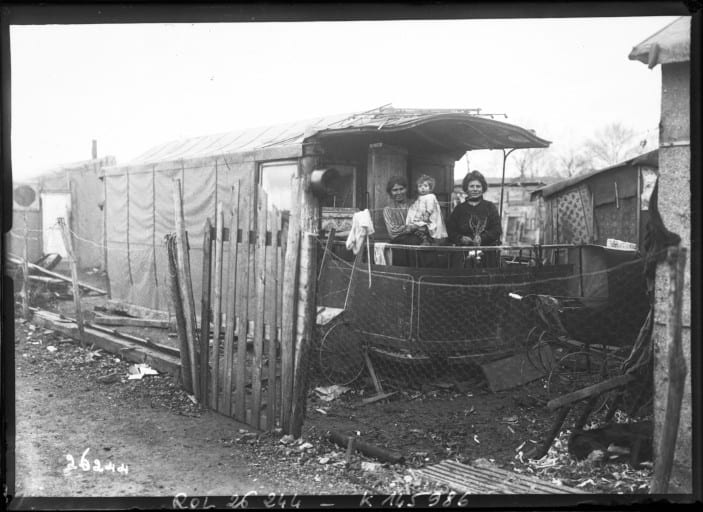
Using the window as a looking glass, looking out or in, I initially wanted to use the window installation as a capsule that will stand through time and future defacement, and in which we look in and out from it.


